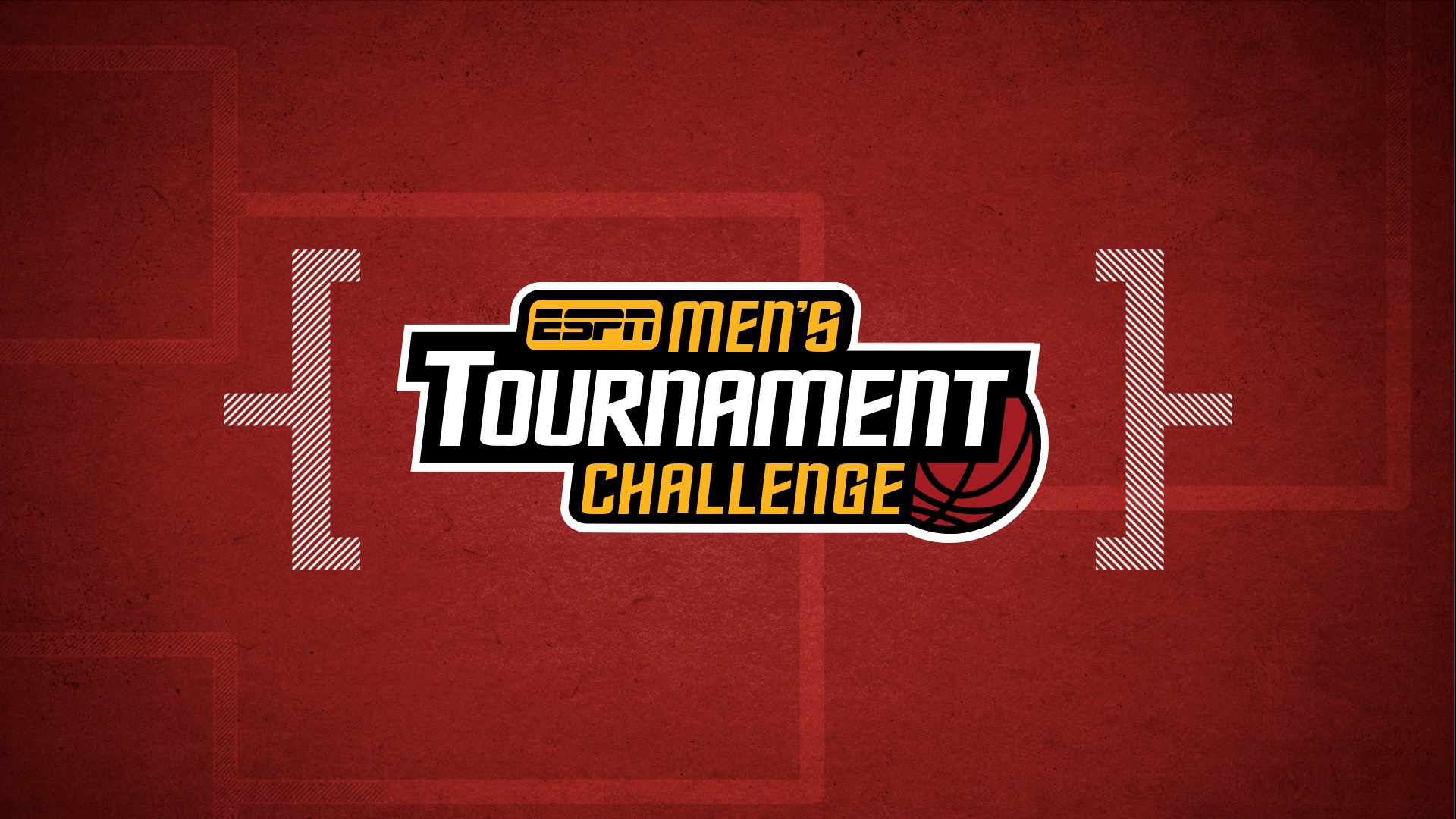Hits, misses from Lunardi and the selection committee
Joe Lunardi is not surprised by Tennessee’s 3-seed in the NCAA tournament. (2:02)
Once again the NCAA men’s basketball selection committee has rendered its verdict for the tournament, generally hitting the mark yet leaving plenty of room for nitpicking among those of us who otherwise need to get a life.
HIT: The committee got the top seeds right (and in the right order). What used to be a topsy-turvy undertaking has been extremely predictable in recent years. Gonzaga, Arizona and Kansas were obvious selections, as was Baylor once Kentucky bowed out of the SEC tournament. I maintain the defending champion Bears (in the East) would have been better as a 2-seed in the South, but here they are as a 1-seed for the second straight year (three straight if the 2020 tourney isn’t canceled).
Brackets are open! Head to Tournament Challenge and fill out your bracket now!
Complete your bracket by selecting the winner for each game of the 2022 men’s NCAA tournament. Play Tournament Challenge
MISS: Everyone is all over the committee for not making SEC champion Tennessee a 1- or 2-seed. The top line was never going to happen for the Vols, but most of the comparisons to the other 2-seeds are valid. It’s also an area where I would have gone with the Vols if voting my own ballot. Alas, this is my 22nd consecutive year without a vote, and I believed all along the Vols would be a 3-seed. And I have no quibble with Tennessee slotting just behind 2-seed Villanova, which beat the Vols handily in November.
HIT: Beyond the seeding, the committee got the teams right, too. I spent an hour in the late afternoon deciphering Texas A&M and Wyoming, reluctantly settling on the Aggies on account of their late run. But Wyoming had a better season-long résumé and was more than deserving. I should have stuck to my gut and the original plan to drop A&M if Richmond stole a bid. Instead, it’s another 67 out of 68 year for yours truly, and I honestly don’t have another team to bump in favor of the Aggies (although Notre Dame cut it unexpectedly close).
MISS: I don’t get Boise State as an 8-seed. It’s pretty hard to win a four-bid league — including regular-season and conference tournament titles — and get stuck in an 8/9 game. At a glance, it also appears the Broncos were the only team I failed to seed exactly or within one line of their actual placement. Not that I’m one to hold a grudge or anything.
HIT: I am almost ready to pronounce the days of insufferable major conference bias to be at an end. Wyoming out-pointed Texas A&M for the final at-large spot this year, and Wichita State did the same to Louisville last season. If memory serves, Belmont was the last at-large selection in the pre-pandemic 2019 tournament. This is good for both the health of the sport overall and interest in the early rounds. It is also supported by overwhelming data that the teams I’ve taken to calling “middling” majors generally perform very poorly.
MISS: We still have three teams in the field that finished under .500 in conference play (TCU, Iowa State and Indiana). This is only going to increase as major conferences such as the Big 12 and SEC expand. I’m still in favor of a rule establishing certain minimum requirements for at-large eligibility, but am open to tweaking the strict “no losing conference teams” Lunardi Rules of brackets past.
HIT: The committee also avoided a longstanding trend of under-seeding the true mid-majors. When Saint Mary’s is a 5-seed, Murray State a 7-seed and San Francisco and Davidson both get 10-seeds despite losing in their conference tournaments, it displays a much higher regard for said programs than we’ve seen over the years.
MISS: The committee did 6-seed Texas no favors by under-seeding Virginia Tech as an 11. Then again, what would the tournament be without its share of double-digit winners in the first weekend?
And, like all of you, I can’t wait to see it. Happy hoops!
